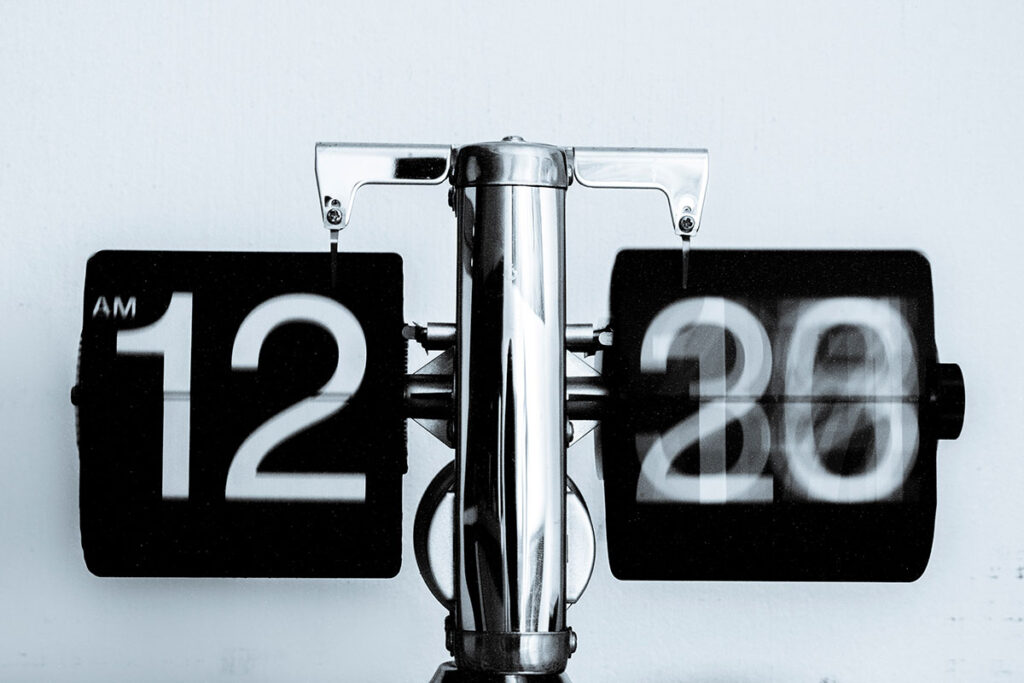One of the reasons Sisense is one of the most comprehensive tools in the market is its capacity for customization. One very popular feature among our customers is managing multiple timezones on dashboards. So, by request, BlueMetrics has developed a simple solution to deal with that issue.
But why is setting up multiple timezones on Sisense so important?
The answer is simple, actually: so you won’t have to think about the conversion, increasing the margin of error of your decision-making process. In addition, it speeds up your data analysis process.
The U.S. alone has six timezones. Factor in Daylight Savings Time, which not every state observes, and you have one giant mess. For a global company with operations in multiple continents, things can get even worse.
Not properly setting up multiple timezones on Sisense can, for instance, cause problems when you try to check daily revenue figures. Since the day does not end at the same time everywhere, you have to set up the system to compensate for those differences automatically in order to generate accurate results.
BlueMetrics customers using the multiple timezones filter
We have a customer that provides services to real estate agents. One of the platform’s features is an automatic system to open doors for agents visiting properties. Imagine tracking data on visits in Los Angeles from an office in New York. The customer came to us to make the data visible based on the local time of the dashboard user.
Another customer works with real-time monitoring of ambulances throughout the U.S. The solution was similar to that used for real estate agents: the possibility of viewing events based on the user’s local time.
To solve these issues, we created a dim_date auxiliary table with all the different dates from the fact table, or from the table to which the timezone will be applied. The table includes a date column that will be used to link up with the original table. For every entry in the auxiliary table, a new “date_converted” column is created, adding or subtracting hours depending on the timezone. In addition, a “timezone” column is also required to indicate the entry’s timezone. For each timezone to be added, you need to run union all for the different dates and add or subtract hours as needed.
Thus, instead of using the date from the original table on the dashboards, we use the date field from the auxiliary table and apply the filter from the “timezone” column created above.
Now the dashboard can deliver to users information converted to their local time. This can also help you when you’re traveling abroad and want to check up on your company’s performance.
Common problems setting up multiple timezones on Sisense
If the dim_date auxiliary table isn’t set up properly, one of the most frequent issues is that each time a user opens a dashboard and fails to select a timezone, no information is loaded. Alternatively, if two or more timezones are selected, the data is duplicated, since the auxiliary table has an entry for each date in each timezone. Thus, you always need to choose a timezone in the dashboard’s filters. We suggest using a radio button, which only allows one filter option to be selected.
The solution may be straightforward, but it can have a major impact for end users.
Count on BlueMetrics!
If you and your company need support for projects involving Sisense, BlueMetrics provides third-party platform services and offers a free two-hour consulting session to help you. Just fill out the form here and we will be in touch to schedule our session.



